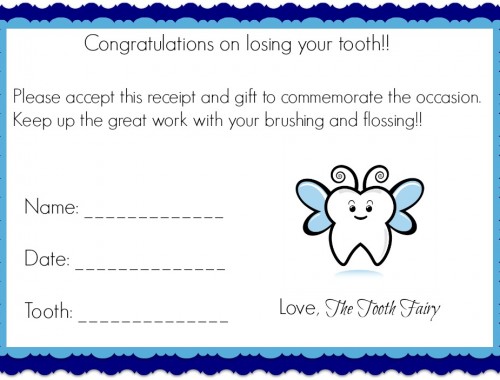If you suspect you have a case of mastitis, you should see your doctor for their profession opinion, advice and recommended treatment. In addition, a visit from a lactation consultant may be in order to make sure that you have mastered the proper latch and prevent further issues with cracking nipples. The inflammation will get worse and more painful if you delay treatment.
Mastitis is inflammation of the breasts usually caused by infection, most common during the first six months of breastfeeding. Unfortunately one of the side effects of mastitis is that it leaves the mother feeling run down and in conjunction with the challenges of taking care of a newborn, many women quit breastfeeding altogether. The irony is that you should feed your baby even if you have mastitis; in fact breastfeeding helps clear the infection by keeping the milk flowing and preventing clogged ducts.
Mastitis is the result of breast engorgement, usually if you have missed a feeding or have not completely emptied the breast. When milk builds up it can leak into breast tissue, which causes infection. Infection can also appear when nipples become irritate or cracked. Try to find different ways to breast-feed so that you know how to completely empty your breasts and avoid cracked nipples.
The infection often starts as a painful area in one breast, which may be red or warm to the touch. You may also have fever, chills and body aches. You may have swollen lymph nodes in the armpit next to the infected breast, a fast heart rate and your flu-like symptoms may worsen. Mastitis left unchecked can lead to a breast abscess, which feels hard and painful.
Women who have had mastitis before, skip a breast-feeding or pumping session, have cracked nipples, have anemia or use breastfeeding aids that block the flow of milk are prone to a mastitis infection.
Mastitis will not go away on its own so see your doctor for treatment, which is usually in the form of antibiotics. Get lots of rest, drink lots of fluids and use cold compresses on your breasts to help with the soreness. Try massaging your breast or before breastfeeding place a warm wet cloth on the affected breast for about fifteen minutes to increase milk flow.
References
La Leche. Womanly Art Of Breastfeeding. 6th Edition.
Murkoff, H., A. Eisenberg and S. Hathaway. What to Expect When You are Expecting.
Newman, Jack M.D.and Teresa Pitman. The Ultimate Breastfeeding Book Of Answers Revised And Updated: The Most Comprehensive Problem-Solving Guide To Breastfeeding From the Foremost Expert In North America.


